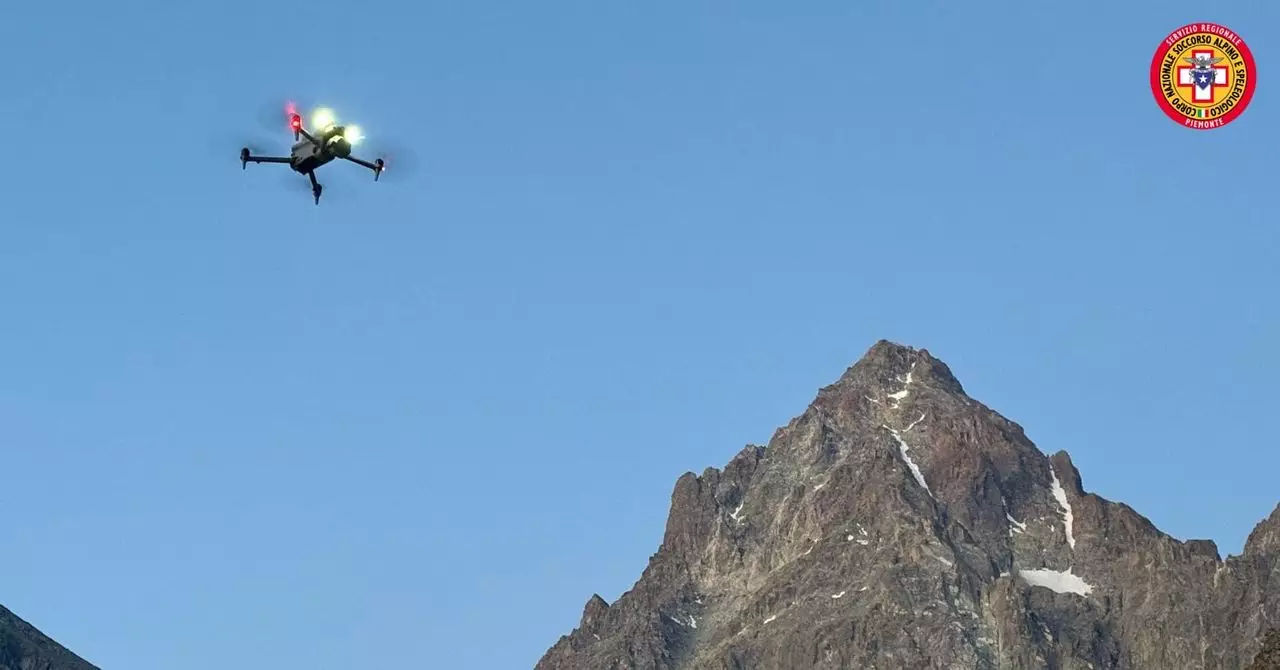In the mountainous terrains of Italy’s Piedmont region, a recent rescue mission demonstrated how technology, particularly artificial intelligence, is reshaping search and rescue operations. Traditionally, locating a lost hiker’s helmet or body in vast, rugged landscapes could take weeks or even months, relying solely on human eyes and painstaking manual searches. Yet, with the advent of AI-powered image analysis, what once required prolonged effort now unfolds within hours—or even less. This remarkable shift underscores a fundamental change in rescue paradigms, emphasizing the potency of AI as a force multiplier rather than a mere tool.
The recent discovery of 64-year-old Nicola Ivaldo’s remains on the north face of Monviso exemplifies this transformation. The operation was initiated with a quick deployment of drones, which collected thousands of high-resolution images over a span of hours. Instead of laborious manual sorting, an advanced AI software scrutinized these images in real-time, effortlessly pinpointing minute anomalies—such as pixel color variations—that humans could easily overlook. Such precision dramatically accelerates the search process, transforming multi-week hunts into a matter of hours, and ultimately saving invaluable time and resources.
This case vividly illustrates that AI is not just enhancing rescue efficiency but redefining what is possible in treacherous terrains. Rescue teams now operate in a space where data processing speed and accuracy are pivotal, and involving AI tools has become an essential part of their toolbox. Not only does this technology allow for rapid identification of potential clues, but it also enables responders to plan their operations with targeted precision, minimizing unnecessary risks and maximizing the chances of a successful recovery.
Human Expertise and Technology: A Synergistic Approach
Despite the impressive capabilities of AI, the success of such missions ultimately hinges on the synergy between human expertise and technological advances. Drone pilots and mountain rescue specialists contribute invaluable contextual knowledge, informed by years of experience navigating difficult terrains and understanding the mountain’s quirks. In the recent case, the drone pilots – Saverio Isola and Giorgio Viana – relied heavily on AI analysis to narrow down their search zone, but their judgment was essential in verifying and acting upon the AI’s findings.
Moreover, the integration of AI technology into rescue efforts necessitates rigorous training and collaborative efforts among diverse teams, including technicians, aviators, and mountain rescue experts. The CNSAS’s careful coordination with ENAC, Italy’s civil aviation authority, reflects this necessity for precise operational protocols and technological proficiency. This collaborative framework ensures that drones are used effectively, data is analyzed swiftly, and on-ground teams are dispatched swiftly, exemplifying a holistic approach that combines the best of human intuition and machine intelligence.
It’s critical to recognize that AI’s real strength lies not in replacing human judgment but augmenting it. The AI system identified suspicious pixels indicative of a helmet, but it took human expertise to interpret these clues and confirm the presence of the body. This collaboration embodies a new rescue model—one where automation handles data overload, and humans provide context, decision-making, and physical intervention.
The Implications for Future Search and Rescue Missions
The broader implications of this technological leap are profound. The case of Ivaldo’s discovery is a microcosm of broader shifts occurring across disaster response landscapes worldwide. As AI continues to evolve, its ability to analyze massive datasets rapidly and accurately will redefine emergency response metrics. With more sophisticated sensors, machine learning algorithms, and autonomous drones, search operations could become near-instantaneous, drastically reducing the human toll involved in perilous rescue missions.
However, this technological promise also raises important questions. Relying heavily on AI demands significant investment in training, infrastructure, and maintenance. It also necessitates ethical considerations surrounding data privacy, decision-making transparency, and potential overreliance on automated systems. Furthermore, the human element—empathy, judgment, and experience—is irreplaceable in crisis situations. AI should be viewed as a force enhancer, not a substitute.
This transformative era beckons a future where the mountains’ dangers are mitigated by smarter, faster rescue strategies. Artificial intelligence’s capacity to sift through thousands of images in minutes aligns perfectly with the urgent needs of mountain rescue teams, offering hope that no life is beyond recovery due to time-consuming searches. As AI technology matures and integrates into emergency protocols, the vision of swift, accurate, and efficient mountain rescues comes increasingly into focus.

